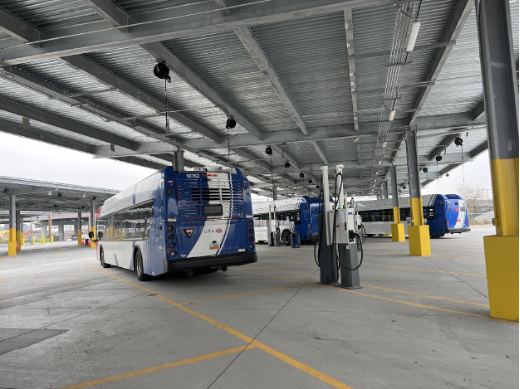UDERMS iCommunity: Utility Managed Distributed Energy Resources Intelligent Community
This project includes a diverse set of approximately 7 buildings, including a large suburban apartment complex, downtown complex of mixed-use retail and apartment buildings, university laboratory and office building with a microgrid, a mass transit transportation center, and manufacturing building. PacifiCorp will evaluate the viability of strategic aggregation and deployment of distributed energy resource (DER) bundles in wholesale markets and provide data to support inclusion of this model in Integrated Resource Planning.
Electric Power Engineers
Pacific Northwest National Laboratory (PNNL)
Utah State University
University of Utah
GIV Group
Utah Transit Authority
International Center for Appropriate and Sustainable Technology (iCast)
Open Systems International/ AspenTech
National Association of State Energy Officials (NASEO)
Doglatin Media
Sonnen






